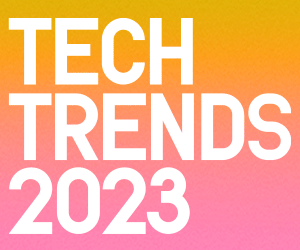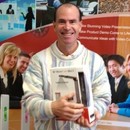1. Wireless Document Cameras Stream and Record Videos Anywhere
“Flexibility allows students to sit in different groups and allows teachers to get away from the old, traditional model, with the teacher at the front of the room and the students in rows,” says HoverCam Executive Vice President Craig Justice.
Wireless document cameras, like HoverCam’s Orbit Gigabit Wireless Super Camera, help bring this to life.
For example, students can work in small groups and use the camera to show other students what they’re working on, Justice explains. A wireless connection “allows the teacher to be mobile and use the document camera anywhere in the room,” he says.
A wireless document camera also opens new learning possibilities. “Students can use it for everything from show and tell and read-alongs to recording videos,” he adds. Many wireless document cameras can even be used outside, for maximum classroom flexibility.
In these outdoor classrooms, educators can go beyond traditional uses of the camera. “Students can take images of snowflakes in the winter or up-close shots of leaves in the fall,” Justice says.
DISCOVER: Ruggedized IoT technology supports outdoor learning for flexible classrooms.
2. Mobile Interactive Whiteboards Adapt to Changing Classroom Setups
In her STEAM classroom, Meacham uses flexible design to accommodate collaborative learning. Each student team has a large worktable with storage space for in-progress projects. “When we work with robotics or need large open spaces for physics-based challenges, we roll the tables to one side of the room so teams have adequate floor space to conduct their investigations,” she says.
A SMART Board interactive whiteboard helps her engage with students in this flexible space. Mounted on a mobile stand, “the board can be repositioned to the best viewing spot, no matter what configuration our room is in,” she says.
Click the banner to stay up to date on the newest ed tech trends when you register as an Insider.
















